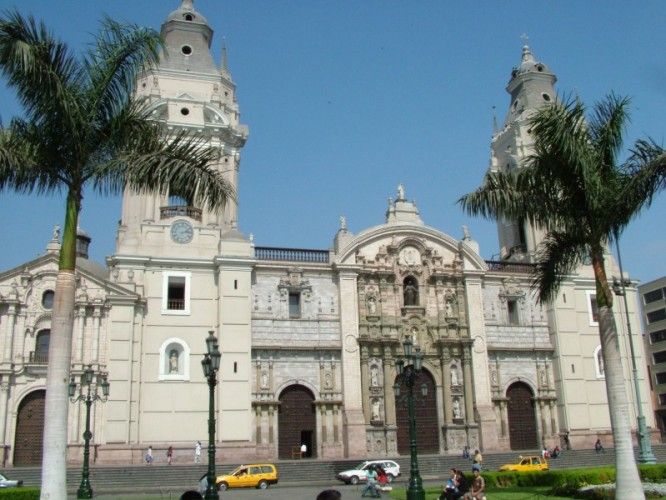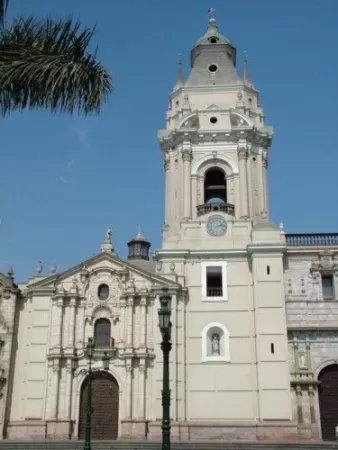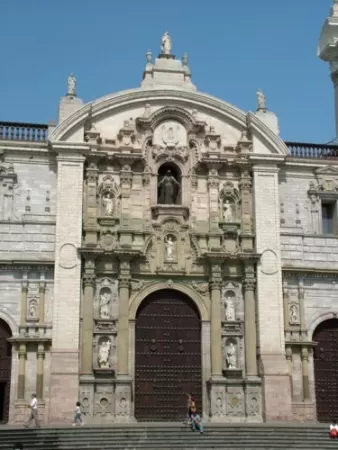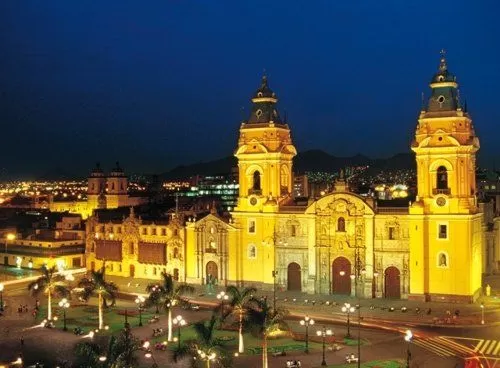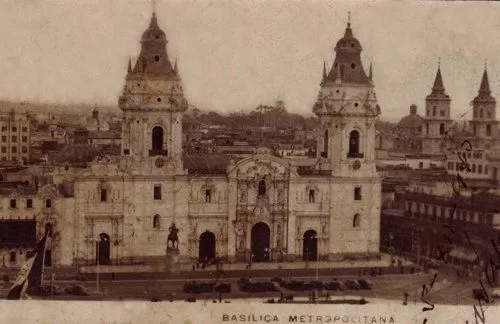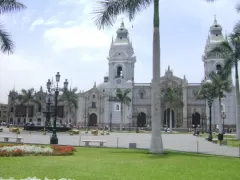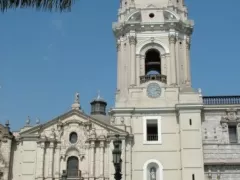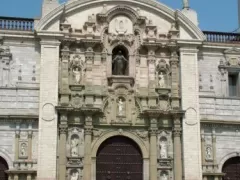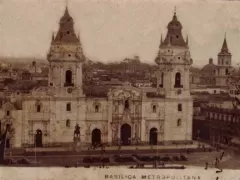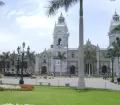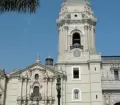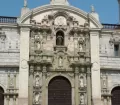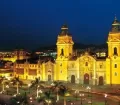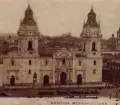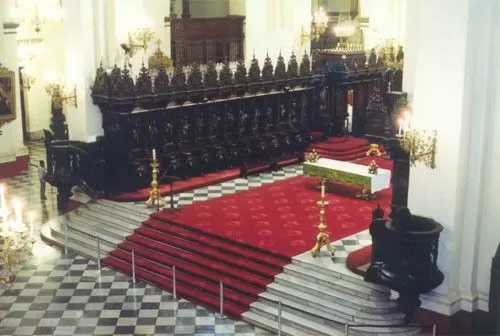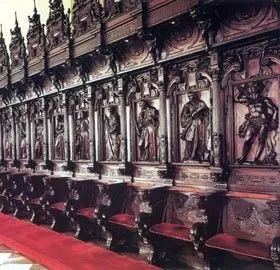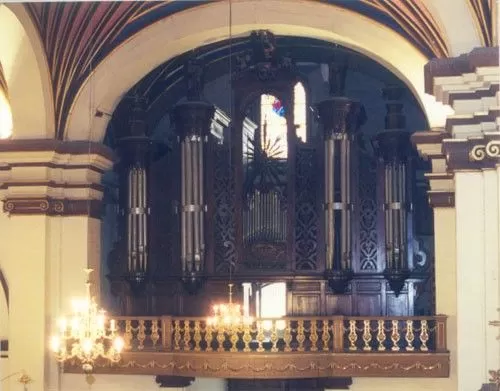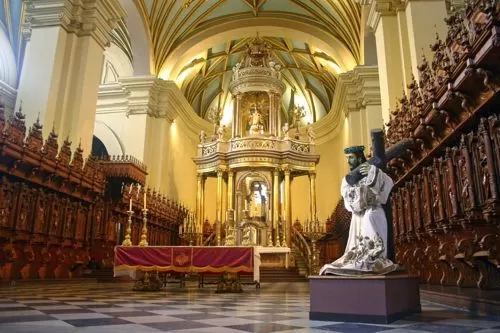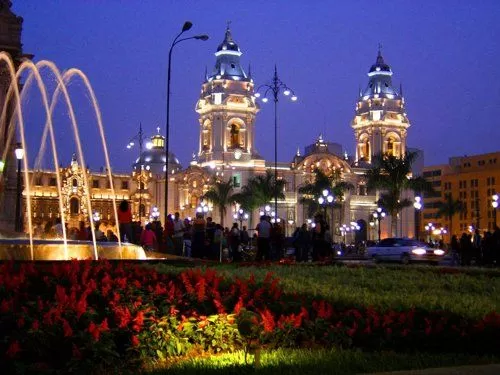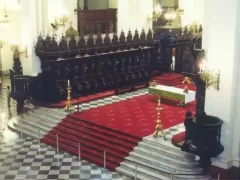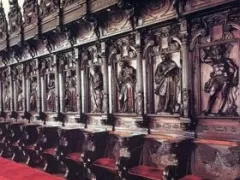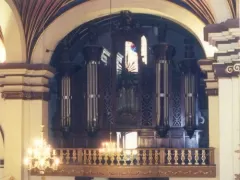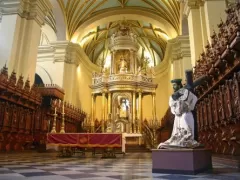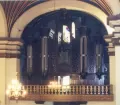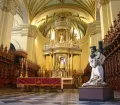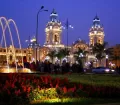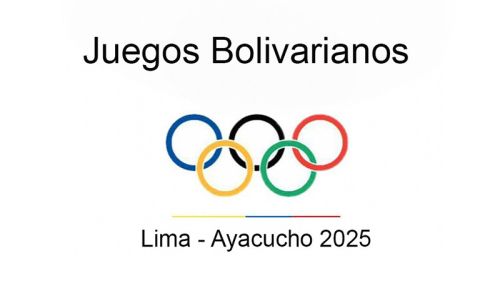Already on the foundation day of Lima (18th of January 1535) the ground breaking ceremony for the Cathedral of Lima took place. While the first church was quite simple, constant necessary repairs due to damages caused by numerous earthquakes and expansions incl. three additional naves and a side chapel in the 17th century gave Lima an immense Baroque cathedral reflecting the importance of the Catholic Church in Colonial times.
Reiterated smaller and bigger earthquakes, especially the one from 1746, demolished the church over and over again asking for a lighter construction. Consequently the Cathedral of Lima was altered and repaired time and again. The present Cathedral is based on the design and original plans of the building destroyed in 1746. The impressive construction reflects different art epochs from Baroque to Neoclassicism and today consists of a central nave with two side aisles and 13 chapels.
The front of the cathedral is carved in stone and ornamented with exquisite details and decorations. The interior impresses with the merging of late Gothic, Baroque and Neoclassic elements. Beautiful are the vaulted ceiling and the checkerboard flooring; amazing the gold-plated main altar and the carved wooden choir stalls with detailed carved arms and back representing saints, virgins and apostles.
A beautifully with mosaic decorated grave chapel houses the remains of Francisco Pizarro, the founder of Lima who dictated the design and layout of the first building of the Cathedral of Lima.
The old sacristy and the adjoining rooms house the Religious Art Museum of the Cathedral of Lima. The museum displays religious paintings, sculptures and countless liturgical objects. Take a guided tour and you are lead not only through the museum but also through the whole church.


